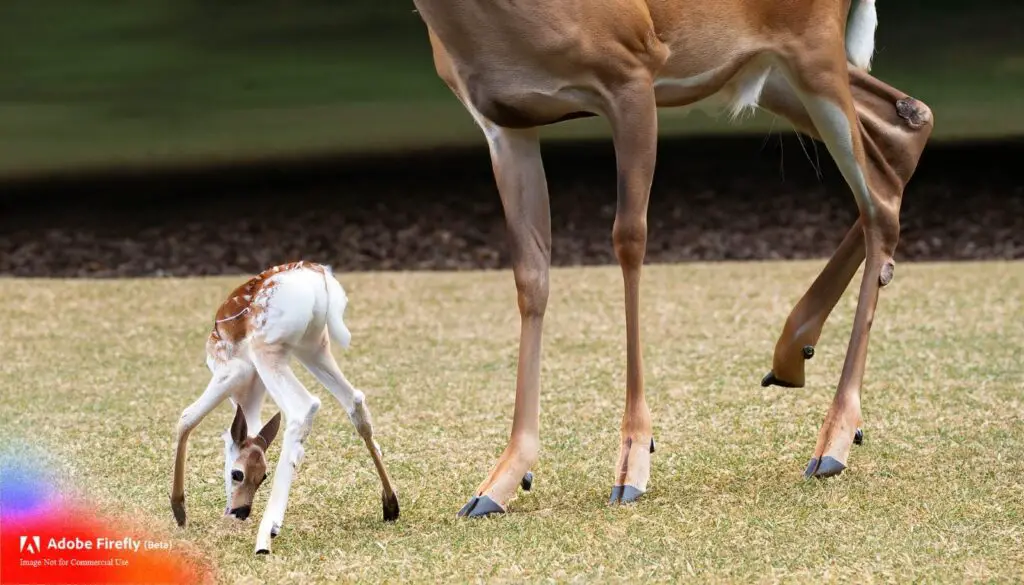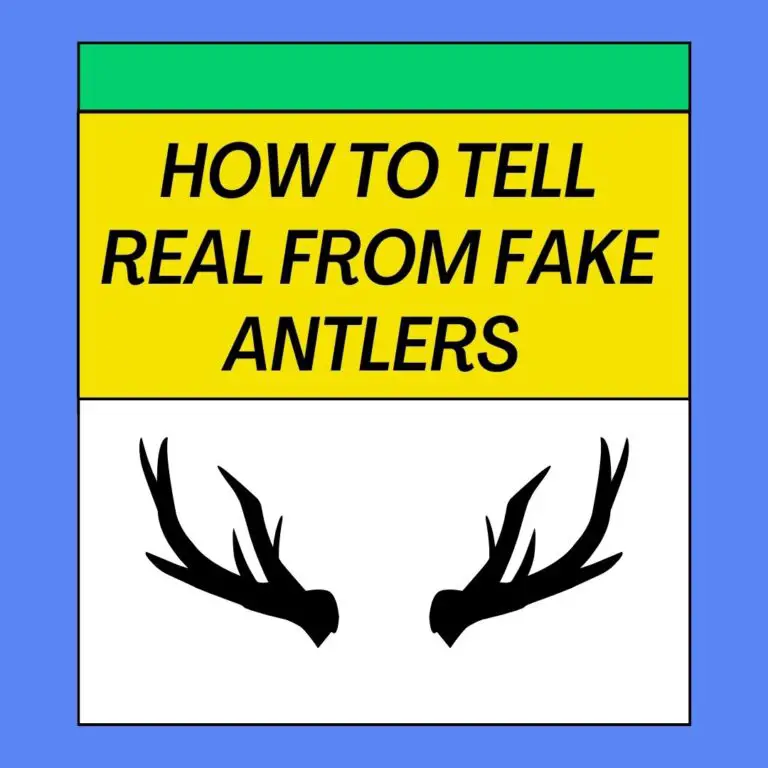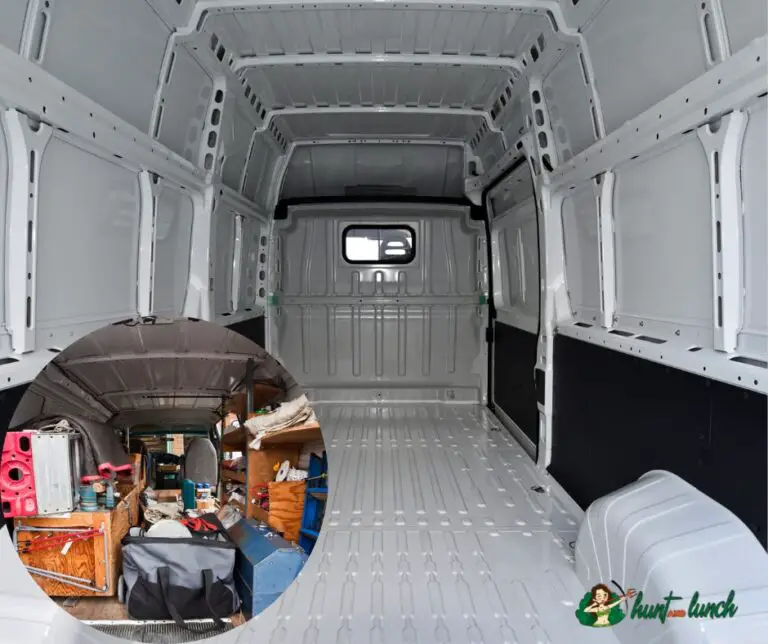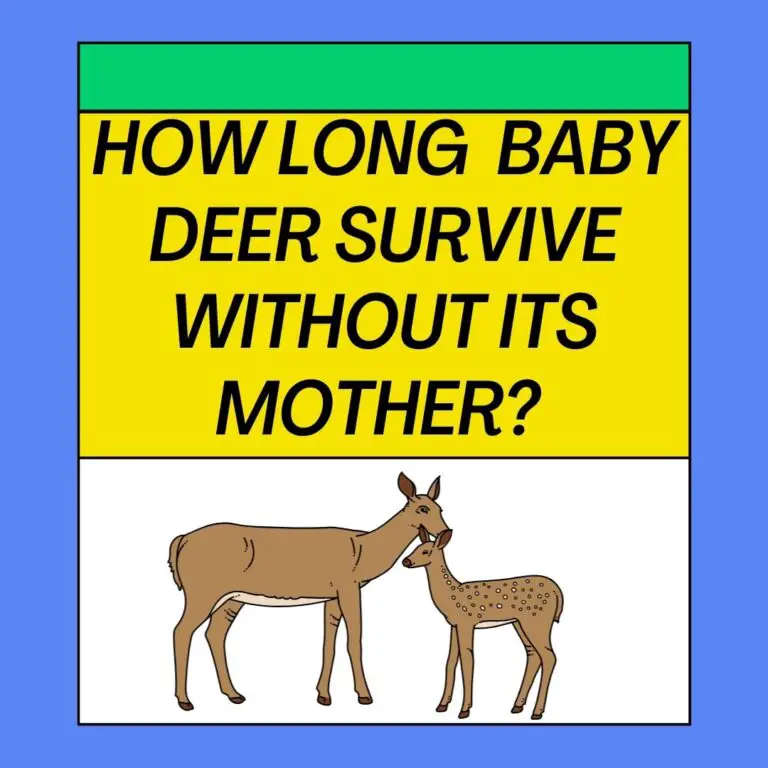
Deer, with their graceful and nimble appearance, are known for their remarkable ability to adapt to various environmental challenges. However, one question that often arises among wildlife enthusiasts and hunters is whether a deer can survive with a broken back leg or even a missing leg.
In this article, we will explore the remarkable resilience and survival instincts of deer, their capacity to cope with injuries, and the factors that influence their chances of survival when faced with such physical challenges.
The Resilience of Deer:
Deer, including species like white-tailed deer, mule deer, and elk, have evolved over millions of years to thrive in diverse ecosystems, from forests to grasslands and even urban areas. Their ability to adapt and overcome obstacles is a testament to their resilience.
The Anatomy of a Deer’s Legs:
- Understanding the anatomy of a deer’s legs is crucial to evaluating their survival prospects when injured.
- Deer have relatively long, slender legs with a specialized structure designed for speed and agility.
- Their legs are composed of several bones, including the femur, tibia, fibula, metatarsals, and numerous small bones forming the hooves.
- Deer’s legs are adapted for running, jumping, and navigating challenging terrain.

Deer Surviving a Broken Back Leg:
1. Types of Leg Injuries:
- Leg injuries in deer can range from minor sprains to severe fractures. A broken back leg is one of the more serious injuries a deer can sustain.
- Broken back legs can occur due to various causes, including collisions with vehicles, falls, or injuries sustained while fleeing from predators.
- The severity of the injury depends on factors such as the location and type of fracture.
2. Adaptations and Survival Strategies:
- Despite their elegant appearance, deer are incredibly resilient animals.
- When a deer sustains a broken back leg, it often exhibits remarkable adaptability.
- In many cases, deer can still move using their remaining functional legs, relying on three-legged locomotion.
- Their ability to bear weight on three legs while protecting the injured one is quite impressive.
3. Healing and Recovery:
- Deer possess an innate ability to heal from injuries. Their natural resilience aids in the recovery process.
- In some cases, with rest and proper care, a broken leg can mend over time, especially if the fracture is not severe.
- Factors such as age, overall health, and the availability of food and water can significantly impact a deer’s ability to recover.
4. Challenges of a Broken Back Leg:
- While deer can adapt to a broken back leg, there are undeniable challenges.
- Mobility is reduced, which can affect their ability to escape predators or find food.
- The risk of infection and complications can increase if the injury site is not kept clean.
- Predation becomes a significant concern, as injured deer are more vulnerable to predators like coyotes and wolves.
5. Human Intervention:
- In some cases, concerned individuals, wildlife rehabilitators, or hunters may decide to intervene when they encounter a deer with a broken back leg.
- Intervention can involve immobilization, veterinary care, and rehabilitation.
- However, it’s essential to approach such situations with caution, as handling injured deer can be stressful for the animal and carry potential risks.
Deer Surviving With a Missing Leg:
1. Causes of Leg Loss:
- Leg loss in deer can result from various causes, including traumatic injuries, severe infections, and even congenital deformities.
- While a missing leg may seem like an insurmountable challenge, deer can display incredible adaptability.
2. Adjusting to Life With a Missing Leg:
- Deer are known to adjust their behavior and locomotion when faced with a missing leg.
- A three-legged deer will redistribute its weight and adapt its gait to maintain balance.
- They often become proficient at hopping and may develop impressive agility, considering the circumstances.
3. Challenges and Adaptations:
- Despite their ability to adapt, three-legged deer face certain challenges:
- Reduced Mobility: Moving with only three legs is less efficient than having all four limbs intact, which can limit their ability to escape danger or find food.
- Nutrition and Foraging: Finding and consuming food can become more challenging, especially during harsh winters or droughts when resources are scarce.
- Predation Risk: Three-legged deer are more vulnerable to predation, and their chances of survival are lower when faced with apex predators.
- Despite these challenges, many deer manage to adapt and thrive.
4. Longevity and Life Expectancy:
- Surprisingly, some three-legged deer have been known to live for several years, displaying incredible resilience.
- Their life expectancy may vary depending on factors such as the availability of food, shelter, and the presence of predators.
- However, they face a higher risk of mortality compared to their fully-limbed counterparts.
Factors Influencing deer Survival:
Several factors play a role in determining whether a deer with a broken back leg or a missing leg can survive in the wild. These factors include:
1. Age:
- Younger deer often have a better chance of adapting to leg injuries than older individuals.
- Juvenile deer can recover more quickly and may develop effective coping strategies.
2. Overall Health:
- A deer’s general health and condition significantly impact its ability to recover from injuries.
- Well-nourished and healthy individuals have a better chance of survival.
3. Environmental Conditions:
- The availability of food and water in the environment can influence a deer’s chances of survival.
- Severe weather conditions, such as harsh winters or droughts, can pose additional challenges.
4. Predation Pressure:
- The presence of predators in the area can pose a significant threat to injured deer.
- High predation pressure can reduce the likelihood of survival.
5. Human Intervention:
- In some cases, human intervention can improve a deer’s chances of survival.
- Wildlife rehabilitators, veterinarians, or concerned individuals may provide care and support.
More questions related to deer and leg injuries:
Q1: Can A Deer Survive With 3 Legs?
A1: Yes, deer can adapt and survive with three legs, although they may face challenges in terms of mobility and predation risk. They often redistribute their weight and adjust their gait to compensate for the missing leg.
Q2: What To Do When A Deer Has A Broken Leg?
A2: If you encounter a deer with a broken leg, it’s generally best to leave it alone. Injured wildlife can be stressed by human intervention. In cases of severe injury, consider contacting local wildlife authorities or rehabilitators for guidance.
Q3: Can A Deer Survive With A Missing Leg?
A3: Deer can adapt to life with a missing leg, but it presents challenges, particularly in finding food and escaping predators. Their ability to adapt depends on factors like age, overall health, and environmental conditions.
Q4: How Long Do Deer Legs Last?
A4: Deer legs are essential for their mobility and survival. The duration of a deer’s life with a leg injury depends on various factors, including the type and severity of the injury and the deer’s overall condition.
Q5: Can Deer Feel Pain?
A5: Yes, like all animals, deer can feel pain. Injuries, including leg injuries, can be painful for them. Wildlife experts and veterinarians advocate for humane treatment of injured animals.
Q6: Are Deer Legs Strong?
A6: Deer legs are adapted for agility and speed rather than brute strength. However, they are well-suited to support the deer’s body weight and enable them to navigate their natural habitats effectively.
Q7: How Strong Are Deer Feet?
A7: Deer feet, or hooves, are specialized for running and provide excellent traction. While they may not be “strong” in the sense of lifting heavy loads, they are highly adapted for their ecological roles.
Q8: Do Deer Fight On 2 Legs?
A8: Deer typically do not engage in fights while standing on two legs. They have evolved to fight with their antlers, using their powerful neck and body muscles to maintain balance.
Q9: Can A Deer Live With A Hurt Leg?
A9: A deer can live with a hurt leg, but its quality of life and chances of survival depend on the nature and severity of the injury. Many deer adapt to leg injuries to some extent.
Q10: How Fragile Are Deer Legs?
A10: While deer legs are adapted for agility and speed, they can be susceptible to injury, especially when subjected to high-speed collisions, falls, or accidents.
Q11: Do Deer Have Bones In Their Legs?
A11: Yes, like all mammals, deer have bones in their legs. Their leg bones include the femur, tibia, fibula, metatarsals, and various smaller bones forming the hooves.
Q12: Should You Shoot A Deer With A Broken Leg?
A12: The decision to shoot an injured deer should be made carefully and in accordance with local hunting regulations and ethical considerations. In some cases, shooting may be considered humane if the injury is severe and irreversible.
Q13: Can A Deer Survive With A Broken Front Leg?
A13: Deer can adapt to a broken front leg, but the extent of adaptation and survival depends on various factors. Front leg injuries can be particularly challenging for mobility.
Q14: What Can You Do For A Dying Deer?
A14: If you encounter a severely injured or dying deer, it’s essential to contact local wildlife authorities, animal control, or wildlife rehabilitators. They can assess the situation and determine the best course of action, which may include humane euthanasia if necessary.
It’s crucial to approach injured wildlife with care and consider their welfare and well-being when making decisions about intervention or assistance.
Conclusion:
Deer are magnificent creatures with an innate ability to adapt and survive in various environments. When faced with a broken back leg or a missing leg, they exhibit remarkable resilience and adaptability. While life for a deer with such an injury can be challenging, they often find ways to cope, adjust their behavior, and persevere.
Understanding the factors that influence their survival, such as age, overall health, environmental conditions, and the presence of predators, can provide valuable insights into their remarkable ability to overcome adversity. Whether through natural healing, adaptation, or human intervention, deer continue to inspire admiration for their tenacity and determination to survive in the wild.






